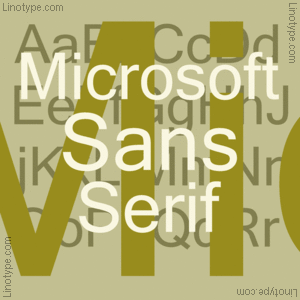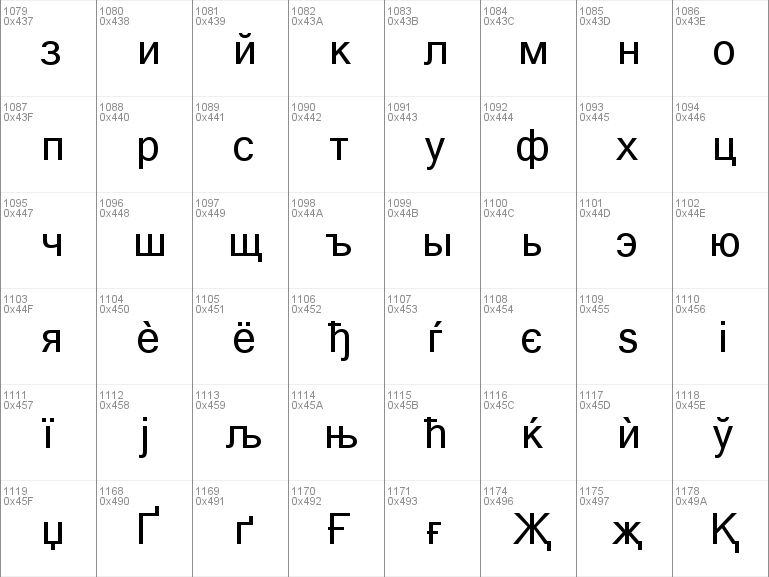
For the German lower-case diacritical marks, all Headline Types complements contain alternative integrated accents which allow the compact setting of lower-case headlines. For a number of Bodytypes, hairlines and serifs were thickened or the whole typeface was adjusted to meet the optical requirements for setting type in small sizes. For the Bodytypes, fine spaces were created which prevented the smear effect on acute angles in small typesizes. In addition to the adjustment of spacing, there are also adjustments in the design. The kerning tables, as well, have been individualized for each of these type varieties. That of the Headline Types is decidedly more narrow in order to do justice to the requirements of headline typesetting. That of the Bodytypes is adjusted for readability. The most obvious differentiation can be found in the spacing.

One is designed specifically for headline typesetting (SH: Scangraphic Headline Types) and one specifically for text typesetting (SB Scangraphic Bodytypes). In CSS, the font-family property defines a specific font for an element and how its text content will look and be rendered.Since the release of these fonts most typefaces in the Scangraphic Type Collection appear in two versions. Some common styles within each font family are listed below: Serif Fonts Now that we've covered the basics of font terms and descriptions, its time to look at the many different font styles within each family.
#MICROSOFT SANS SERIF BOLD 2775 HOW TO#
How to choose a font for your website – font names There are two more generic font types available, fantasy and cursive, but the most widely used fonts are the ones mentioned above. This makes text align nicely and makes it easy to follow, giving designs a clean appearance and mechanical feel. So, with the monospace typeface, all letters have the same width.
#MICROSOFT SANS SERIF BOLD 2775 CODE#
I found this font in the C:WindowsFonts folder, but when I use code like this: Font myFont ('MS Sans Serif', 72F, FontStyle.Regular, GraphicsUnit.Pixel) myGraphics.DrawString (string1, font, solidBrush, New PointF (100, 10)) then myFont is set to Microsoft Sans. With the previous font types we've discussed so far, each letter has a different width. I have to use the old MS Sans Serif 72 font, because I need a big pixelated font. With this font type, every letter has the same fixed width and letters are equally spaced apart. Sans-serif fonts are considered modern, minimalistic, contemporary and a bit more readable choice for high resolution computer screens.

This font type has straight ends on each letter and there are no strokes at the edges, making the characters look sharp and flat and with clean lines.

This type of font creates a clean design look, while at the same time being very readable and clear. Serif fonts are considered to be among the most classic, elegant, and traditional fonts you can use. But they don't always display well on screens. Serif fonts are traditionally used widely in print as they are considered readable for lengthy passages of text. Serif fonts are characterised by the little extra fine details on the ends of the letters.Īt the end of the main strokes of characters, there are small flourish strokes called serifs.

In addition, we'll cover the syntax and how to use the font-family property so that with the help of CSS, you can choose and then use different fonts in your web design projects.įirst, let's discuss some of the most common and frequently used font types that modern browsers support. In this article, we'll go over the differences between the two most popular font types, Serif and Sans Serif. You can select the type of font you want to use, whether it's bold or not, how big it is, and you can even change the color and add different spacing or decorations to it. You can modify how your HTML text appears in many ways using CSS. How text is formatted affects how readable your designs and webpages are. Choosing the right font is an important first step in making your website usable and accessible.


 0 kommentar(er)
0 kommentar(er)
